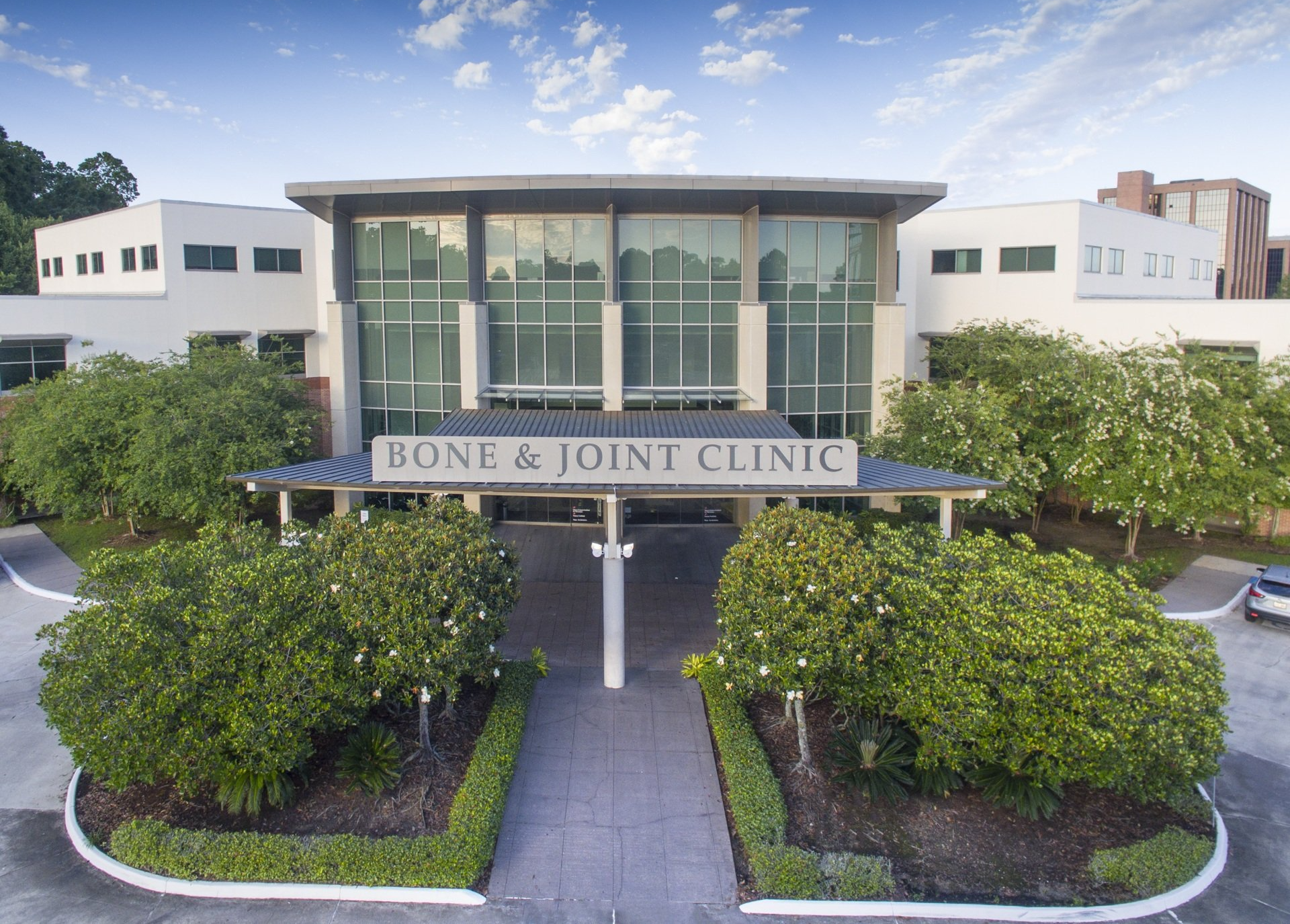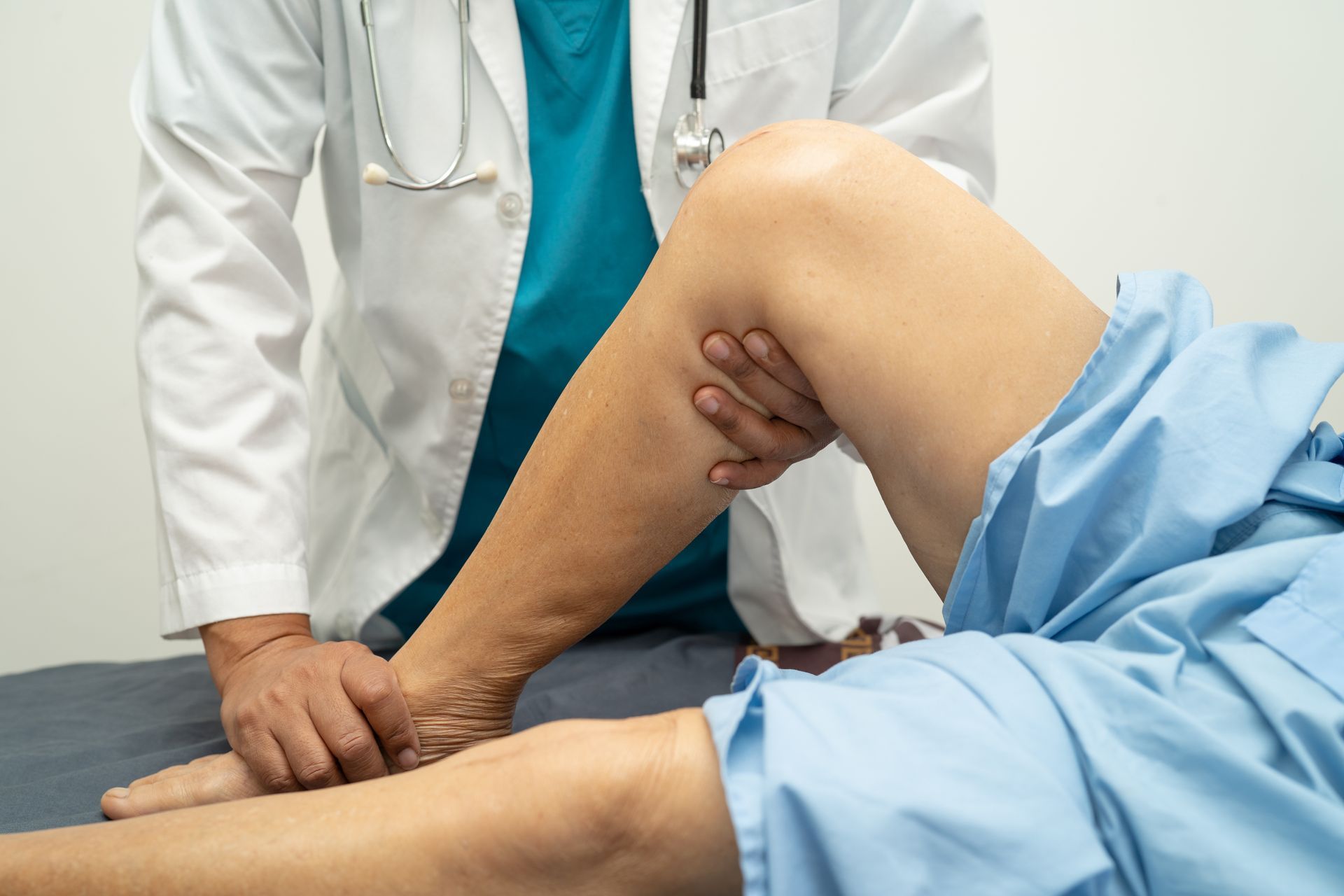Tennis elbow, also known as lateral epicondylitis, is a common orthopedic athletic injury that causes pain and inflammation in the tendons connecting the forearm muscles to the outside of the elbow. It is caused by repetitive wrist and arm motions, such as those involved in tennis or other racquet sports. This pain is often worsened by gripping or lifting objects, such as shaking hands or turning a doorknob. Other symptoms of tennis elbow may include stiffness, weakness, and a burning sensation in the forearm.
Conservative Measures for Treating Tennis Elbow
Tennis elbow often resolves on its own without the need for aggressive treatments. Many people find that a conservative approach to treating tennis elbow improves their pain and function. Some non-invasive techniques to try include:
- Resting the affected arm and avoiding activities that aggravate the condition
- Modifying how you perform certain activities to reduce stress on the elbow joint
- Taking over-the-counter pain or anti-inflammatory medications to reduce pain and inflammation
- Applying ice to the affected area several times a day for 15-20 minutes to reduce pain and inflammation
- Wearing an elbow or wrist brace to reduce stress on the affected elbow
- Perform physical therapy exercises to strengthen the muscles and tendons in the forearm, improving their ability to withstand repetitive motions
- R.I.C.E. Method - Rest, utilizing ice, compression, and elevation.
Advanced Treatment Options for Tennis Elbow
Other advanced measures may be explored before surgery if conservative measures do not provide sufficient relief. Advanced options typically include:
- Corticosteroid Injections - Prescription-strength anti-inflammatory medication is injected directly into the affected joint to alleviate inflammation and pain.
- Platelet-rich plasma (PRP) Injection: Plasma containing concentrated amounts of platelets and growth factors, made from your own blood, is injected into the affected joint to speed up and enhance the body’s natural healing process.
When is Surgical Intervention for Tennis Elbow Necessary?
In some cases, surgery may be necessary to treat tennis elbow effectively. Surgery is typically considered when non-surgical treatments have been unsuccessful in relieving symptoms for an extended period. Arthroscopy, a minimally invasive surgical technique can be used to repair the tendon through a small incision in the elbow, using an arthroscope and a small camera. This method allows for quicker recovery times and less pain. Open surgery may be necessary if the tendon is seriously damaged, the case is complex, or multiple procedures must be performed simultaneously.
Post-Surgical Care and Long-Term Management of Tennis Elbow
After surgery for tennis elbow, it is essential to follow a comprehensive recovery and rehabilitation plan to optimize healing and restore function to the elbow. This may involve wearing a splint or brace to immobilize the elbow and protect the surgical site. Physical therapy is an essential component of post-surgical care for tennis elbow. Your physical therapist will guide you through exercises and stretches to improve your range of motion, strength, and flexibility in the elbow and forearm.
Long-term management of tennis elbow may involve lifestyle modifications to avoid repetitive motions that can aggravate the condition. It is important to listen to your body and take breaks when needed. Regular exercise and stretching can also help maintain strength and flexibility in the forearm muscles and tendons.
Don’t let tennis elbow or another painful condition keep you from enjoying the activities you love. Bone and Joint Clinic of Baton Rouge has highly qualified and experienced orthopedic physicians who can assist you in finding the right treatment plan to keep you moving more and hurting less.




